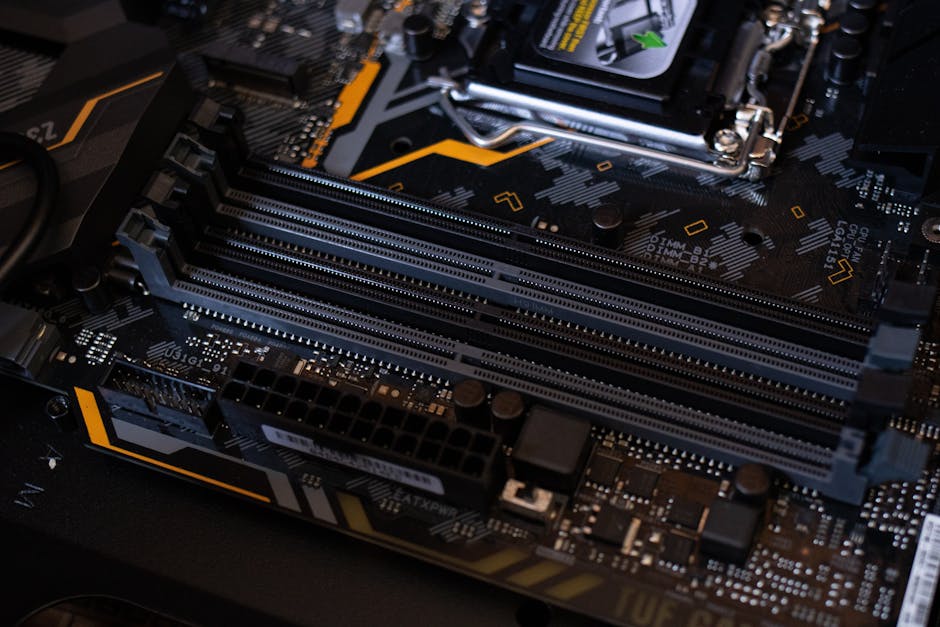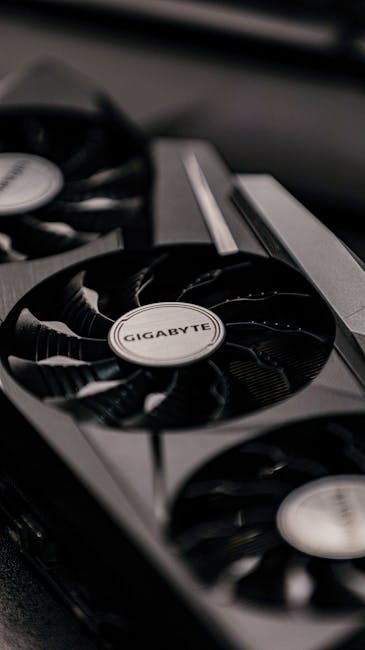Power-Efficient Chiplets: Cutting AI Chip Power by 50%
The escalating appetite for compute across AI training and inference is driving an urgent need for more energy-efficient semiconductor solutions. One emerging innovation — the power delivery chiplet — moves voltage regulation closer to the processor die. By minimizing transmission losses and improving voltage stability at the point of load, early demonstrations indicate this approach can reduce energy consumption by more than half for certain workloads. This article explains how power delivery chiplets work, why they matter for AI infrastructure, and what their adoption could mean for semiconductor makers and data centers.
What is a power delivery chiplet and how does it reduce energy?
A power delivery chiplet is a compact voltage-regulation module designed to sit physically near or on the same package as an AI processor. Traditional power delivery distributes voltage from board-level regulators over traces and connectors, which introduces resistive losses, switching inefficiencies, and latency in sensing the processor’s instantaneous power needs. A power delivery chiplet shortens that distance and integrates advanced power-management features, producing three direct benefits:
- Lower transmission loss by reducing distance between regulator and load.
- Faster, finer-grained voltage response to dynamic workloads.
- Improved thermal behavior through localized power management and reduced overall system cooling burden.
When combined, these improvements translate into significant reductions in the total energy required to operate modern AI accelerators during both training and inference.
Why the semiconductor industry is prioritizing on-package power delivery
Three market forces converge to make on-package power delivery a high priority:
- Exploding compute demand: Large language models and multimodal networks require vastly more compute density, which increases instantaneous power draw and amplifies inefficiencies in conventional power paths.
- Data center energy constraints: Operators are constrained by both electrical infrastructure and sustainability targets. Reducing per-chip power directly lowers facility load and operating costs.
- Thermal and packaging limits: As transistor counts and clocking strategies push performance, traditional cooling and board-level distribution struggle to keep pace without large efficiency losses.
For an in-depth look at how AI compute is reshaping data center power use, see our analysis: Data Center Energy Demand: How AI Centers Reshape Power Use. For broader context on environmental impacts, consult: The Environmental Impact of AI.
Technical building blocks of a power delivery chiplet
Power delivery chiplets typically combine several elements in a compact form factor:
- High-frequency switching regulators optimized for low-loss conversion.
- Fast current-sensing and predictive control loops that respond to rapid workload swings.
- Integrated passive components or advanced packaging that reduce inductance and resistance.
- Telemetry and control interfaces to coordinate with on-chip power management firmware.
By operating at higher switching frequencies and with reduced parasitic losses, these elements let designers use smaller passive components and achieve tighter regulation, which yields both energy and area advantages.
How will power delivery chiplets affect AI data centers and infrastructure?
Widespread adoption of power delivery chiplets could ripple across the AI stack and data center operations:
- Lower facility power draw: If per-chip energy drops substantially, facilities can support more compute per megawatt, deferring costly power upgrades.
- Reduced cooling demands: Less waste heat translates to lower HVAC loads and simpler thermal design for racks and enclosures.
- Smaller carbon footprint: Combined reductions in energy consumption contribute directly to sustainability goals and regulatory compliance.
- New design trade-offs: Chipmakers and system integrators will balance on-package power delivery against cost, complexity, and supply-chain impacts.
These shifts tie into ongoing debates about infrastructure scale and risk; for perspective on capacity planning and potential market imbalances, see: Is an AI Infrastructure Bubble Brewing? Data Center Risks.
Potential impact on major chip and accelerator vendors
Leading semiconductor firms evaluate any new architecture against several criteria: performance gains, manufacturability, integration with existing packaging flows, and cost per watt. Power delivery chiplets present two strategic pathways:
- Integrate chiplets into premium, high-performance parts to achieve best-in-class efficiency where customers demand peak power density.
- Offer chiplet modules as optional upgrades or reference designs that ecosystem partners can adopt for targeted workloads.
Even vendors with advanced internal power teams may find on-package regulators attractive because the approach addresses physics-based losses that are common across architectures.
What are the key adoption challenges?
Translating prototype efficiency into widespread production requires overcoming several hurdles:
- Manufacturing integration: Aligning packaging, interposer, and foundry processes to support chiplets at scale takes time and coordination.
- Validation and reliability: New power domains and control loops must meet stringent reliability, thermal cycling, and electromagnetic compatibility requirements.
- Supply chain and cost: Adding components and new assembly steps can raise BOM costs. Savings must outweigh these additions across a product lifecycle.
- Standardization: Industry standards for chiplet interfaces and power delivery protocols will accelerate adoption by reducing custom engineering work.
Timeline to volume deployment
Realistic adoption typically follows three phases:
- Prototype and qualification (0–12 months): Early silicon and lab validation demonstrate energy and performance gains on controlled workloads.
- Pilot production and customer trials (12–24 months): System vendors and hyperscalers test modules in real-world racks and workloads to validate integration and ROI.
- Volume ramp (24+ months): If trials confirm benefits, partners scale manufacturing and incorporate chiplets into broader product lines.
Many system-level changes — from power distribution networks to rack-level cooling strategies — may be deferred until chiplet advantages are proven across diverse workloads and scaled cost structures.
How can organizations evaluate whether to adopt power delivery chiplets?
Decision-makers should assess five core metrics:
- Energy-per-inference or energy-per-training-step improvements on representative workloads.
- Total cost of ownership (TCO) including BOM, integration, and facility-level savings.
- Impact on thermal design and cooling infrastructure.
- Compatibility with existing packaging and supply-chain partners.
- Long-term roadmap alignment with power and performance targets.
Benchmarks conducted at both chip and rack levels are essential. Hyperscalers and cloud providers often require multi-week pilot programs to validate steady-state performance and reliability.
Where does this fit in the broader AI infrastructure transition?
Power delivery chiplets are one of several architecture- and systems-level innovations that together could reshape AI deployment economics. Other trends — including model efficiency techniques, alternative accelerator designs, and greener data center strategies — complement chiplet-driven savings. For more on the infrastructure and investment dimension, explore our piece on data center strategies and financing.
Key takeaways
- Power delivery chiplets relocate voltage regulation closer to compute, reducing resistive losses and improving transient response.
- Early claims of ~50% energy reduction are promising but require broad validation across workloads and vendors.
- Adoption could reduce data center power demands, ease cooling requirements, and accelerate more sustainable AI operations.
- Manufacturing, validation, and cost integration remain the primary hurdles to rapid scale.
Next steps for industry stakeholders
Semiconductor vendors, system integrators, and cloud operators should consider coordinated pilots that measure both chip-level and rack-level impacts. Standardized test suites, open data-sharing agreements for thermal and reliability metrics, and partnerships across packaging and foundry ecosystems will shorten the path to production.
Final thoughts
Power delivery chiplets represent a practical, physics-driven lever to reduce AI energy consumption. While not a silver bullet, they can form a crucial component of a multi-pronged strategy to make AI deployments more efficient and scalable. As prototypes move into pilot production and system trials, expect clearer evidence on real-world benefits and timelines for wide adoption.
If you want to track the evolving intersection of chips, data centers, and sustainability, read our ongoing coverage on data center demand and environmental impact linked above and watch vendor roadmaps closely.
Call to action: Subscribe to Artificial Intel News for regular analysis on chip-level innovations and how they reshape AI infrastructure. If you’re evaluating power delivery chiplets for your systems, contact us to discuss pilot frameworks and benchmarking best practices.






